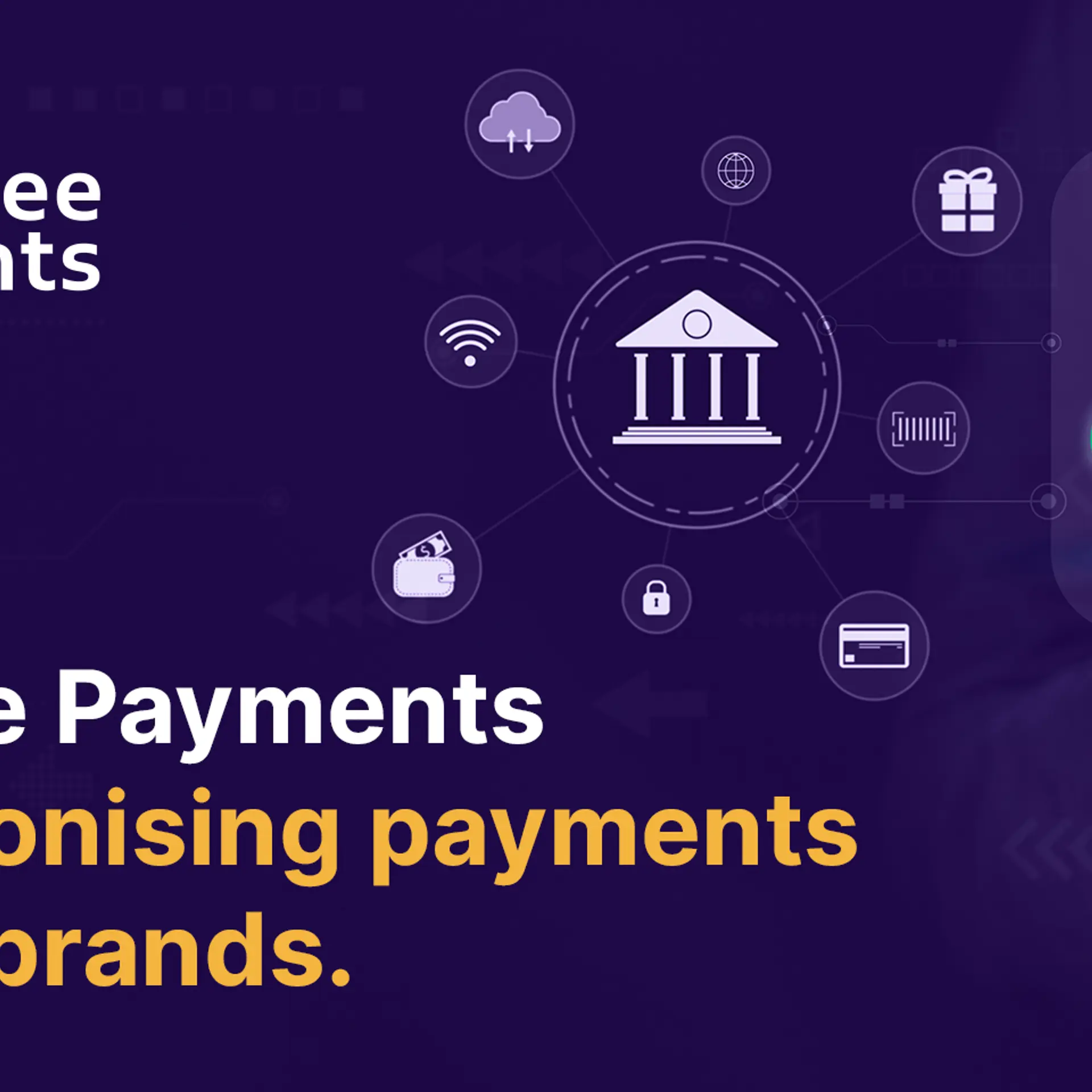NPCI breaks its silence on WhatsApp Payments' beta launch in India
The National Payments Corporation of India (NPCI), which has been at the center of the storm for allegedly favouring WhatsApp Payments with its beta launch, has finally spoken.
In a statement on Friday, the NPCI said it has been working to facilitate digital payments in the country with globally recognised products like Bharat Interface for Money BHIM - Unified Payments Interface (BHIM UPI).

The NPCI stated it will follow well-defined guidelines for BHIM UPI services with the objective of making the platforms interoperable, based on open standards, convenience and security, and offer multiple choices to consumers for rapid adoption for digital payments through banks and payment ecosystem players.
Speaking on the issue, NPCI said,
“Currently, NPCI has given its consent to roll out WhatsApp BHIM UPI beta launch with limited user base of 1 million and low per transaction limit. Four banks will join the multi-bank BHIM UPI model in phases (in the coming weeks) and full feature product shall be released after the beta test is successful. Multi-bank model offer advantages such as transaction load distribution between banks and helps to integrate popular apps easily with BHIM UPI.”
On Thursday, payments firm Paytm alleged NPCI has been supporting WhatsApp for its beta launch, while flouting its own circulars. A larger debate about the Beta launch was that WhatsApp’s Payment feature did not spell out interoperability like other UPI payment apps.
According to Deepak Abbot, Senior Vice President at Paytm, UPI-based payment apps need to have a request function and pay through QR code even in Beta, which WhatsApp currently lacks. Another point was around WhatsApp not revealing the VPA (Virtual Payment Address), which is the UPI ID.
Highlighting the broad principles of interoperability, the NPCI said,
“Broad principles for interoperability like a) ability to send and receive money through any BHIM UPI ID b) intent and collect call and c) read and generate BHIM / Bharat QR code are required in final BHIM UPI app. BHIM UPI enabled app which fulfils such principles only will be permissible for full scale public launch.”
What NPCI is essentially saying to other payment players is that it understands the guidelines it has laid through its circulars, and it will ensure that the final permission for full-scale launch will be only given to WhatsApp (or any other player) only if they comply with all the principles of interoperability on their app.
Replying to this statement, Paytm in an official comment said,
"It addresses the concerns of interoperability violation that we had raised. It also clarifies that the trial has been restricted to 1 million users, though we feel that a product with the stated violations could have been tried out amongst a much smaller base."
However, it Paytm further stated,
"We are still concerned that this statement is silent on the critical issue of safety/security of a financial transaction through UPI, where consumers need to mandatorily sign-in with username and password. This violation is fundamental and very serious. WhatsApp must implement login & password like all other BHIM UPI apps. This statement is also silent on other issues such as the requirement to send SMS notifications for every UPI transaction. We hope that future rollout will be fully compliant with all the guidelines. We wait to hear NPCI views on some of these missing aspects."
Further, there has also been some talk in the industry around the safety of WhatsApp payments, accusing it of not following the two-factor authentication. However, like some other UPI applications, the first factor of authentication is the mobile number while registering on the app, and the second is the UPI pin. Circular 33 released by NPCI states the UPI app can have a third feature of authentication if it so wishes to.







